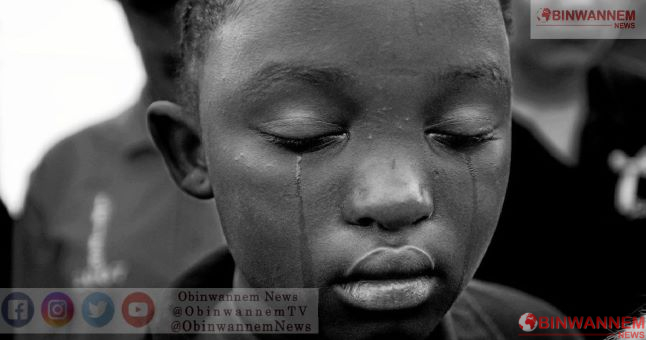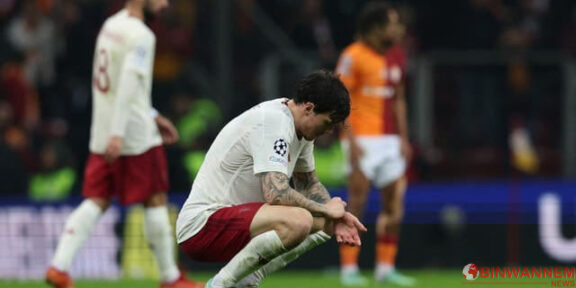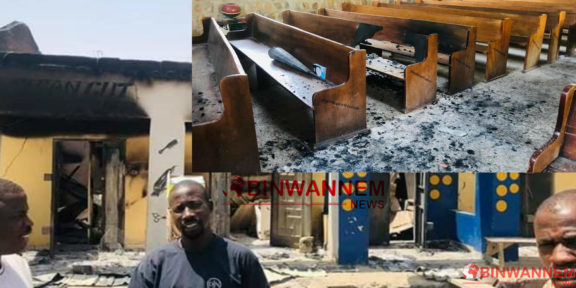CHILD ABUSE AND ITS RIPPLE EFFECT
Globally, it has been highly noted that the rate of child abuse is at a stratospheric rate. Although many must have asked a question like how can we stop this menace that has besieged our society of today especially in Nigeria.
This is a major problem facing our society and obnoxiously the neglect becomes the order of the day. This predicament has always existed, but it is now that scientists are beginning to discover the disastrous results that it leads to.
Neglect and abuse are the same, except in one major difference, while the damage is not intended in the cases of child abuse.
By definition, abuse is defined as the nonaccidental physical attack on or injury to children by individuals caring for them. It is statistically proven that the majority of the cases of abuse are those of emotional abuse. However, cases of physical abuse are also serious with 20,000 cases recorded annually in the U.S. as cases of physical abuse.
Physical abuse involves hitting the child in such a way to hurt him. At the same time, more than 113,000 cases are reported annually in the U.S. as sexual abuse cases, according to Zanden in 1993.
Sexual abuse on the other hand is defined as the forced, tricked, or coerced sexual behavior between a child and an older person. Sexual abuse is considered to be the worst kind of child abuse and is usually the least reported, mainly because it takes place inside the family.
Visiting the emergency sections (from my experience) in any hospital will include a few children whom their parents will report that they have fallen while they were playing. According to Dr. Rola Abi Ndar (in Lebanon), in the emergency section in Jiiatawi Hospital in Ashrafieh, most of these cases are usually victims of child abuse. Despite this, both the children and their parents insist that it was an accident, and consequently, the medical authorities do not report to the police.
Ideally, there could be symptoms of child abuse. From my own perspective, social agencies specialized in fighting child abuse should have six important symptoms that teachers must notice in order to report for child abuse. The first sign to look for bruises.
The second is to see whether the child complains from beating or maltreatment. If the teacher notices that the child arrives early or stays late after school, then she might have to report because the child might be trying to escape from the abuse at home.
Children who are frequently late or absent may also be victims of abuse. Besides, children who are aggressive, disruptive and bullying tend to be abused at home, whereas those who are isolated, shy and withdrawn are usually ignored and neglected.
Finally, a child wearing clothes that do not suit the weather, or who seems to be in need of medical attention might be a victim of neglect or abuse as well.
Nevertheless, there are consequences of child abuse. Child abuse usually results in the maldevelopment of the child’s character. The child is brought up according to violent standards that become implanted inside him or her. The abused child grows up to be violent in turn.
To such a child, violence is the only method that he had been taught to deal with others in life, and this influences his scope in dealing with others. Though, other abused children may be too intimidated and isolated. They fear to express their feelings because they have been brought under restriction.
The impact of sexual abuse is even worse.
Studies have shown that teenage runaway, prostitution, drug abuse, clinical depression, low self-esteem and suicidal behavior are all associated with sexual abuse, especially among females. On the other hand, little is known of the symptoms that appear in males because very few cases of male victims are even known.
The reason is that boys are raised to control themselves and feelings, and this is why they usually avoid the subject and may even minimize the importance of it even if it happens to them (Russell, 1995).
Apparently, there are cases of child abuse. Abuse appears in families for many different reasons. One reason for abuse by parents is that they do not understand the needs of their children. For example, a mother might think that her son is crying because he is hungry while he is feeling pain. She tries to feed him but he cries more.
If this misunderstanding happens a lot, the mother becomes frustrated and the parent will lose her temper. She might start hitting or pushing the baby and she might even stop caring at all. Another cause of abuse is poverty. It is highly noticed that in poor families, parents tend to care less for their children and even to show more abuse.
This might be the result of frustration which the parents feel as they are unable to make a good living. Cases of child abuse increase a lot in the case of the parent, especially if the father, loses a job. In such cases, children become the way through which the parent releases the angry feelings inside himself.
Although poverty might be an important factor for child abuse, studies have shown that abuse occurs in all kinds of families where the parents fight a lot, the stress forces the parents to abuse and neglect their children. Besides, if parents are addicted to drugs or alcohol, the chances for child abuse become very high.
Also, if the family as a whole does not communicate with the neighborhood and remains isolated all the time, then there are more chances that the children will become victims of child abuse. Globally, some psychologists have found out that about 20% of abusive parents were themselves victims of child abuse and neglected when they were young.
Professionals were able to prove that there is a circle of violence which passes from parent to child, making the chances of an abused child becoming an abusive parent very high though it is not necessarily true that abused children will become abusive parents in the end.
In conclusion, there are solutions to this predicament. The first step required to prevent child abuse is to activate legal intervention. For example, in Lebanon, the law does not intervene in family problems such as child abuse. What we need is a decisive set of laws which protect the right of the child inside the family, and against the possible aggression of the parents or elderly siblings.
Moreover, the law must be decisive about the rights of the child at home. Abusive parents must be punished, even to the extent of depriving them of the right of custody of the child if they are incapable of raising their children in the proper manner.
The second step for intervention is to provide a hotline for reporting such issues. When abused children become aware that there is a hotline to receive their complaints seriously, they will take the initiative and report to protect themselves. If no such line exists, children will be abused in silence, and all the laws to prevent child abuse will have no value.
The hotline should not only be used by abused children, but also by teachers, neighbors and every member of the society who thinks that a child next door or in the community is being abused by an adult. After all, children are minor citizens and are unable to protect themselves against the aggression of adults.
Public awareness is also very important to prevent the problem of child abuse. People who think it is none of their business to report an abusive neighbor are in fact participating in making the problem worse. It is their obligation in fact to report because a violation of human rights is taking place. Public awareness is not an easy thing to attain. The only way to do so is to establish specialized agencies for the protection of child rights and to educate the public about their obligations towards these agencies and the children of the community.
Finally, one of the most important steps needed to prevent child abuse is to educate parents. This education must take place in two phases; In the first phase, awareness programs targeted at parents in the media in social agencies should educate parents on the concepts of child abuse, its causes, consequences and better ways of dealing with it, however, the second phase which is more radical and consequently more influential is to start education on child abuse in school programs, especially for those who will become parents in the future. In other words, notions of child abuse must be included in the national education programs. Child abuse has always existed in our society.
It is only now that we are becoming aware of it. It is true that there are no statistics to prove that the problem exists, but we know it does, from the ways we see other parents treat their children or the cases we see in hospitals. This exists all the time, and cannot be simply overlooked by society.
Solutions are available, they just need support from child-rights agencies and from the governments.
Mazi Gerald C. Osedumme reporting, Obinwannem News

















